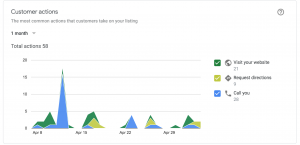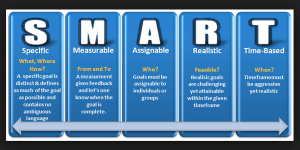What does the classic business pitch look like to you? I bet you’re envisioning a scenario similar to the following: a presenter in the front of the room, reading off an un-engaging slide deck, while the rest of the room looks on … uninformed and bored. 
What if you could make your next business pitch or meeting felt a little different? What if it evoked emotion, and inspired others to take action? By incorporating a story, you just may be able to reinvent the typical business meeting.
Use the power of stories to win over your next audience. Here are three lessons to take into account when harnessing the power of storytelling.
1. Don’t Just Sell, Tell
In her presentation, Jennifer Aaker, a marketing professor at Stanford University, details the importance of storytelling to evoke audience emotion. In fact, she states that stories are up to 22 times more memorable than facts alone.
Prior to your next business meeting, think about a narrative that explains your presentation’s vision or goal. It could be your company’s founding story, its overall mission, or a customer anecdote. Imagine what will cause the audience to react the most, and what will persuade them to listen throughout the presentation.
Aaker recommends creating a portfolio of stories. When you have these stories mapped out and practiced, you’ll begin to paint a clear vision in business meetings—and hold the attention of whatever audience is in front of you.
Create a narrative rather than plainly reading off slides without any context, and you’ll grab the audience’s attention to command your next meeting. As Aaker states, stories are much more than meaningless facts—they can move the audience both intellectually and emotionally. Stop spitting out meaningless facts and figures and take control of the meeting.
2. Craft Your Story With These 4 Components
In her presentation, Aaker recommends including the following four components for a successfully crafted story. Be sure to double-check for these in your next meeting.
- A clear goal. What do you want your narrative to say about your business and vision?
- An attention grabber. Be sure to include a hook for the audience. Consider a quote, statistic, or question to begin your story.
- Audience engagement. Ask the audience questions, and invite them for feedback.
- Action step. To finish your story, ask the audience to take an action. Is it inviting follow up questions, or maybe asking for their business approval?
3. Add Visuals To Complete The Story
Now that you have your story crafted, you need to add visuals to really paint the picture. The human brain is able to process visuals 60,000 times faster than text. It’s time to open up to more visual storytelling.
To successfully tell a visual story, you need the proper delivery method. Pair your story with a data presentation tool like Roambi Flow™. Flow lets you combine multi-touch navigation with rich interactive media from Roambi Analytics™, YouTube, Vimeo, embedded videos, images, and text to create a fully immersive experience for your audience.
Photo source: Flickr
(190)









